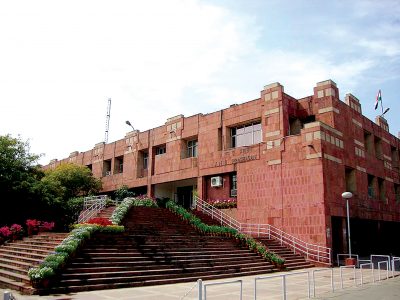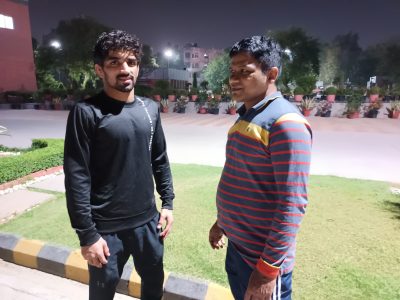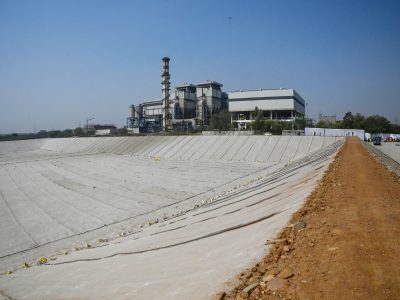Having seen “the worst in our life” during the second wave of COVID-19, graveyard managers in Delhi are praying to god to avoid a possible third wave, and at the same are preparing for any eventuality with a focus on adequate availability of land for burials.
The second wave of COVID-19 triggered an unprecedented rush at graveyards and crematoriums in the city, causing space crunch.
At the Agle Islam graveyard at Delhi Gate, a member of its management committee, Qayamuddin, says, “We saw the worst in our life in the past two months and attended up to 25-28 bodies a day on several days. I pray to the god to stop the third wave from striking.”
The sprawling graveyard faced the risk of running out of space for burials during the second wave, said another member of the committee, Mashqoor Rashid. Rashid claimed over 1,500 bodies, mostly COVID-19 victims, were buried there in the last two months.
“What can we do if the third wave strikes? We can only pray. But we also have space for burial for 250-300 bodies on the space we have created,” Rashid said.
Chairman of Delhi Waqf Board and Okhla MLA Amanatullah Khan said that an alternative land has been identified near Millennium Park and the order has been issued for its use for burials, if needed. Qayamuddin said the four acre land near Millennium Park was available for burial but some locals used to protest against burial there.
“This land was given to us for burial purpose in 1964. It will be used if pressure on land at Delhi graveyard mounts in case a third wave strikes,” he said.
The space crunch was faced at other graveyards during the second wave as the daily number of burials rose sharply with the virus claiming more lives, said Abdul Sattar, a social worker in Shastri Park.
The graveyard at Shastri Park caters to people living in the trans-Yamuna areas of the city.”This is the most important graveyard in the trans-Yamuna areas besides a handful of other small ones. There is hardly any space now after the rush of dead bodies during the second wave,” Sattar said.
He said they had written to various authorities, including the prime minister, the Delhi government, the civic body and the Delhi Development Authority, for increasing the size of the graveyard, but nothing has happened so far.
(Cover: Credit – Getty Images)





